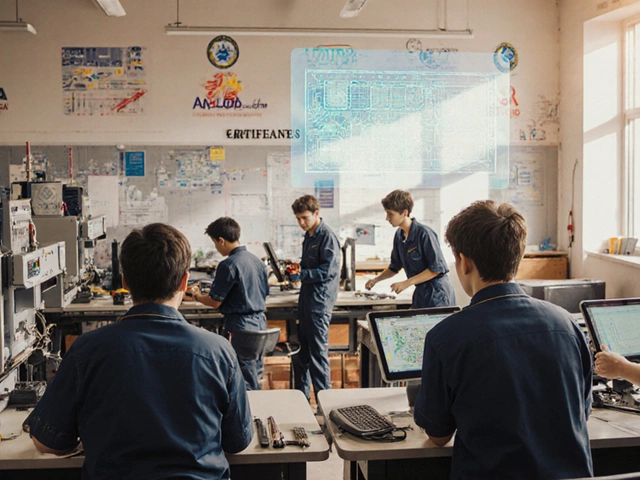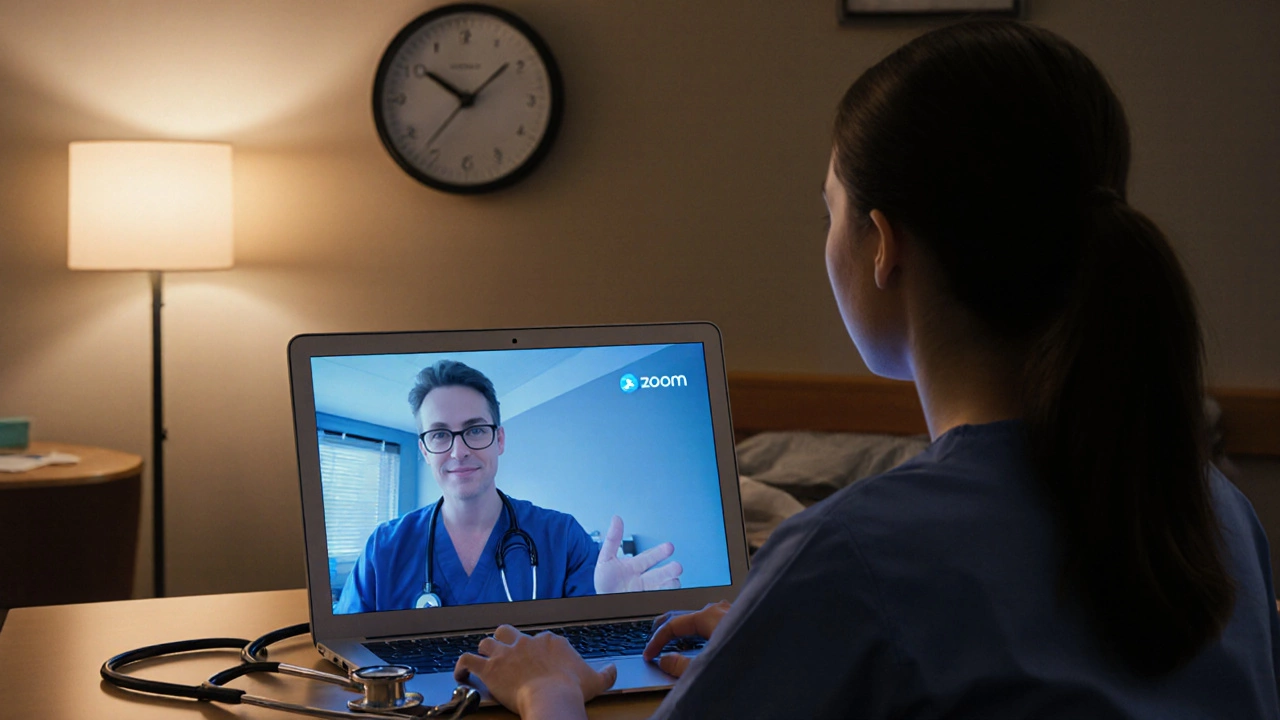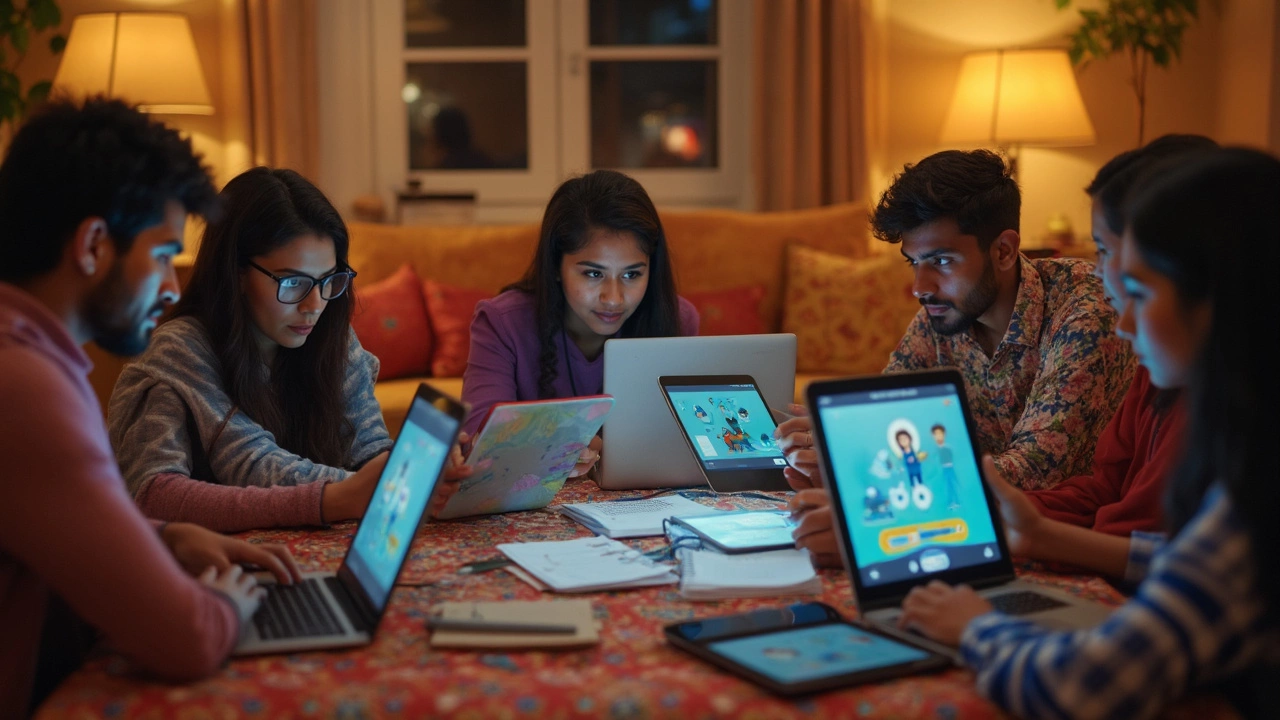Blended Learning: What It Is and How It’s Changing Education in India
When you hear blended learning, a mix of online instruction and face-to-face classroom time. Also known as hybrid education, it’s not just watching videos at home and showing up for tests—it’s about using digital tools to make every minute in class count. This isn’t theory. It’s what’s happening in real classrooms from Delhi to Dhanbad, where students watch short lessons on their phones before school, then spend class time solving problems with teachers who actually know what they struggled with.
Blended learning doesn’t replace teachers—it gives them superpowers. With data from online quizzes, a teacher in Rajasthan can see instantly that half the class got stuck on fractions, so they spend the next day drilling that topic instead of rushing through the whole chapter. It’s also how students in remote villages access the same content as kids in metro cities, thanks to recorded lectures and apps that work even on slow internet. The online learning, any education delivered via digital platforms. Also known as e-learning, it’s the engine behind this shift. But it only works when paired with the human touch. That’s why blended learning beats pure online courses: you get structure, accountability, and real-time help when you need it.
And it’s not just for schools. Colleges in Karnataka and Tamil Nadu are using blended models to train future teachers, letting student educators practice lesson plans on virtual platforms before stepping into real classrooms. Even government programs for adult learners—like those preparing for civil service exams—now mix video modules with weekly doubt-clearing sessions. The digital tools, apps, platforms, and software used to deliver or support learning. Also known as educational technology, they’re the invisible backbone. Think Google Classroom, YouTube tutorials, free NCERT apps, and WhatsApp study groups—all quietly reshaping how India learns.
What you’ll find in the posts below aren’t generic guides. They’re real stories: how a student in Bihar learned coding in three months using free videos and weekend coaching, how CBSE students in Delhi got different exam papers because their schools were already using digital assessments, and why the highest-paying two-year degrees now require you to know how to learn online as much as how to solve equations. This isn’t about tech for tech’s sake. It’s about making education work for real people—with real lives, real limits, and real goals.
- By Nolan Blackburn
- /
- 27 Oct 2025
What Are the Three Main Types of eLearning?
Learn the three main types of eLearning-synchronous, asynchronous, and blended-and find out which one suits your learning style, schedule, and goals best.
- By Nolan Blackburn
- /
- 4 May 2025
eLearning Models: The 5 Essentials You Need to Know
Trying to make sense of online learning? This article breaks down the five main eLearning models you'll see across modern platforms. Get clear, real-life examples and the pros and cons of each approach. Figure out which model might fit your learning style or teaching needs. You'll pick up practical tips to get more out of any eLearning set-up. No jargon—just straightforward guidance.






